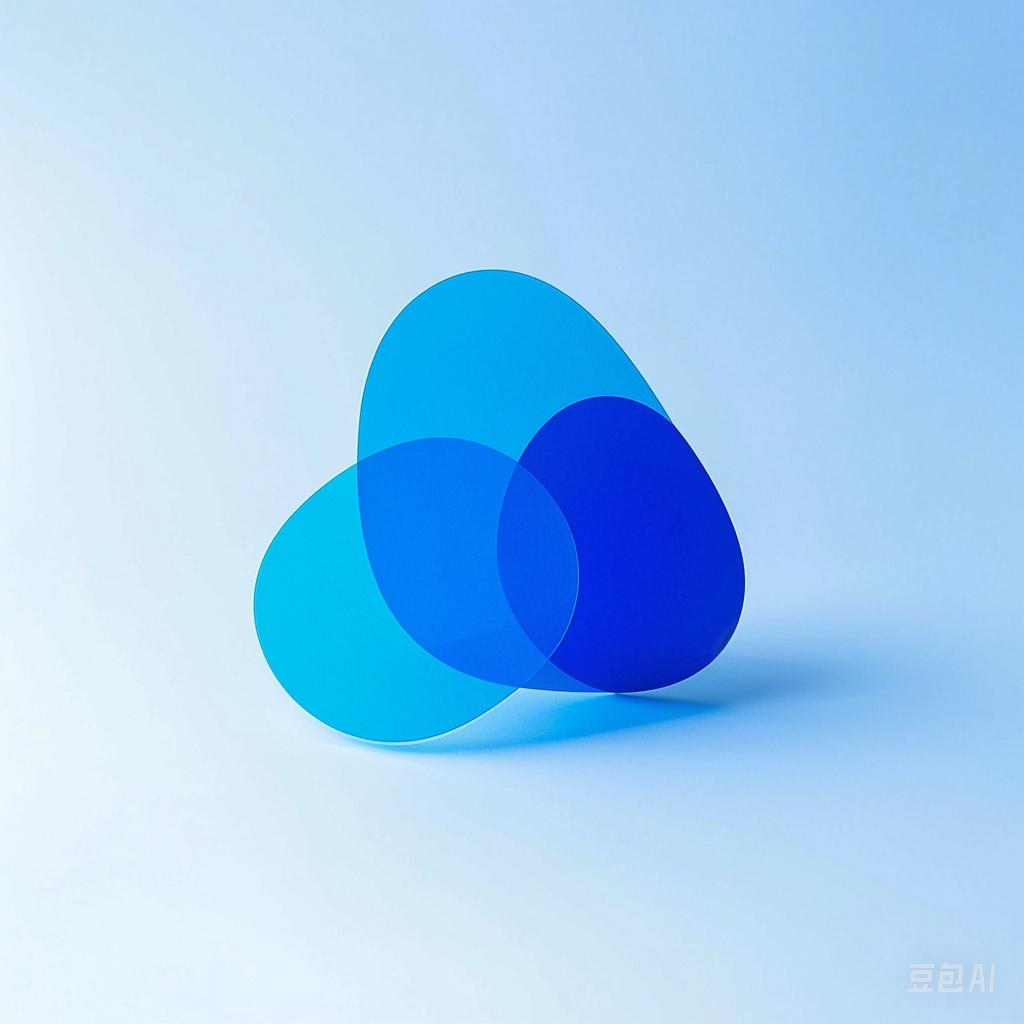引言
随着人工智能技术的飞速发展,大模型(Large Models)已经成为推动这一领域进步的关键因素。从自然语言处理到计算机视觉,再到机器学习,大模型在各个领域都展现出了强大的能力。本文将揭秘不同大模型的核心技术,并分析它们在实际应用中的差异。
一、大模型概述
1.1 定义
大模型是指那些具有海量参数和广泛知识的大型神经网络模型。它们通常需要大量的数据和计算资源来训练。
1.2 类型
根据应用领域和模型架构,大模型可以分为以下几类:
- 自然语言处理(NLP)模型:如GPT、BERT等。
- 计算机视觉模型:如ImageNet、ResNet等。
- 机器学习模型:如TensorFlow、PyTorch等。
二、核心技术解析
2.1 神经网络架构
大模型通常采用深度神经网络(DNN)架构,包括卷积神经网络(CNN)、循环神经网络(RNN)和Transformer等。
2.1.1 卷积神经网络(CNN)
CNN在计算机视觉领域表现卓越,能够自动从图像中提取特征。
import tensorflow as tf
model = tf.keras.models.Sequential([
tf.keras.layers.Conv2D(32, (3, 3), activation='relu', input_shape=(64, 64, 3)),
tf.keras.layers.MaxPooling2D((2, 2)),
tf.keras.layers.Flatten(),
tf.keras.layers.Dense(64, activation='relu'),
tf.keras.layers.Dense(10, activation='softmax')
])
2.1.2 循环神经网络(RNN)
RNN在处理序列数据方面具有优势,如语音识别和文本生成。
import tensorflow as tf
model = tf.keras.models.Sequential([
tf.keras.layers.LSTM(50),
tf.keras.layers.Dense(10, activation='softmax')
])
2.1.3 Transformer
Transformer模型在自然语言处理领域取得了显著成果,如机器翻译和文本摘要。
import tensorflow as tf
def scaled_dot_product_attention(q, k, v, mask):
matmul_qk = tf.matmul(q, k, transpose_b=True)
dk = tf.cast(tf.shape(k)[-1], tf.float32)
scaled_attention_logits = matmul_qk / tf.math.sqrt(dk)
if mask is not None:
scaled_attention_logits += (mask * -1e9)
attention_weights = tf.nn.softmax(scaled_attention_logits, axis=-1)
output = tf.matmul(attention_weights, v)
return output, attention_weights
# Transformer编码器层
def transformer_encoder(input_ids, attention_mask):
# ... (此处省略具体代码)
return output
# Transformer解码器层
def transformer_decoder(input_ids, attention_mask, encoder_outputs, encoder_attention_mask):
# ... (此处省略具体代码)
return output
2.2 训练与优化
大模型的训练和优化通常需要使用特殊的算法和硬件设备。
2.2.1 算法
- 随机梯度下降(SGD)
- Adam优化器
2.2.2 硬件
- GPU
- TPUs
三、实际应用差异
3.1 自然语言处理
自然语言处理领域的大模型如GPT-3和BART在文本生成、机器翻译和问答系统等方面具有广泛应用。
3.2 计算机视觉
计算机视觉领域的大模型如ImageNet和ResNet在图像分类、目标检测和图像分割等方面具有广泛应用。
3.3 机器学习
机器学习领域的大模型如TensorFlow和PyTorch在各类机器学习任务中具有广泛应用。
四、总结
大模型在各个领域都展现出了强大的能力,但它们在实际应用中存在差异。了解大模型的核心技术和应用场景,有助于我们更好地利用这一技术为人类生活带来更多便利。
